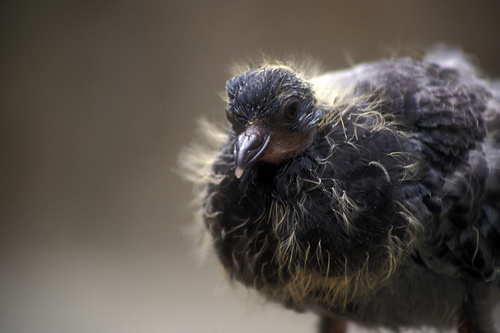 As parents, we want the best for our children. We send them to the best schools. We want them to have the best teachers. We buy them the best equipment to learn and study. We spend time and money to provide our children with the best education we can afford to give them. WHY? Because education is important to help them achieve their goals and be successful in life. Therefore, we give them every opportunity possible to succeed.
As parents, we want the best for our children. We send them to the best schools. We want them to have the best teachers. We buy them the best equipment to learn and study. We spend time and money to provide our children with the best education we can afford to give them. WHY? Because education is important to help them achieve their goals and be successful in life. Therefore, we give them every opportunity possible to succeed.
Also, we must do the same for our young birds in training for them to have the best chance to succeed and to win the large prizes. They are like young children ready to learn. Their education starts the day they are born. From the first day, the fancier must provide the best feed, vitamins, minerals and electrolytes: a regular grain diet of 15-17% protein, plus raw Spanish peanuts, safflower, poultry pellets 21-28% protein, fresh grit each day, Liquid vitamins, minerals and electrolytes in water 2-3 times a week.
We must place small grains in the nest bowl during each feeding when young are 14 days old. They learn to eat at an early age. We dip their heads into water at 21 days old once or twice a day to encourage them to drink. This education starts at an early age because we do not want any setbacks in growth, development of muscles, bone structure or feather quality when we wean the young from their parents at 26-30 days old.
We never limit or ration feed for young birds in training! This means that the birds get all they want to eat of quality grain from birth until the last day of a race series. Just like your children, you want them to grow to be big, strong and healthy. Do you cut your children’s food and drink when they are growing? The same applies to young birds. When we wean the young birds at 26-30 days of age, it is another learning experience. There should be feed and water in front of them at all times during this weaning period, about 4-6 days. We want no set back in growth and development mentally or physical. We want them active and alert at all times.
When we settle the birds to the flying loft, we keep it simple. Show them where to enter or trap safely. We place them through the trap a few times by hand, GENTLY. This gives them the experience to go through the trap. A few peanuts waiting for them after they trap will encourage them to trap quickly. This routine should never change: Always the same – loft fly or exercise, land, trap, peanuts waiting for them.
After the young birds start to loft fly for about 3-4 weeks, they will become stronger and more curious. They will start to leave the area of the loft and spend time routing (checking out surroundings away from the loft). They sometimes will spend 20-30 minutes flying out of the sight of the trainer and the loft. At this point, the birds show the trainer that they are ready for road training tosses. Road training tosses should not begin until the birds start routing.
Again, we must educate the birds to the training basket. We place them in the basket a few at a time in front of the loft. We let them stay in the basket for about 10-15 minutes and open basket for them to fly to the loft safely. We repeat this experience 3-4 times, a few birds at a time, before we start road training. This will enable the birds to feel safe in the basket and not confused.
Education: Important to Young Bird Training (Part 1 of 2) by Bob Prisco

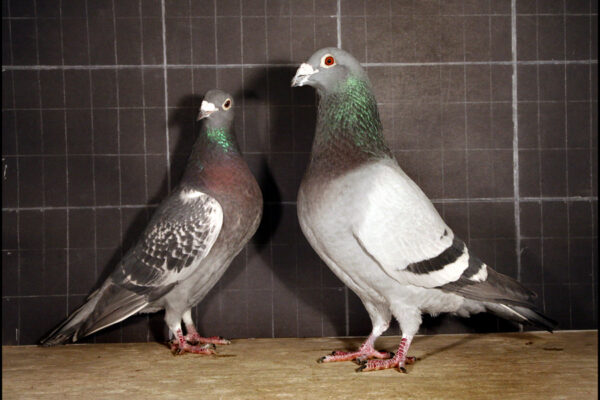
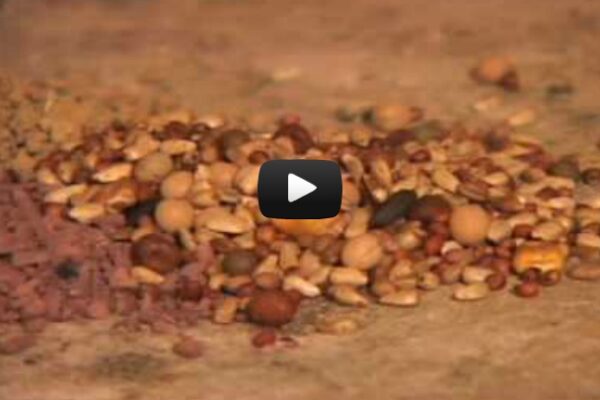
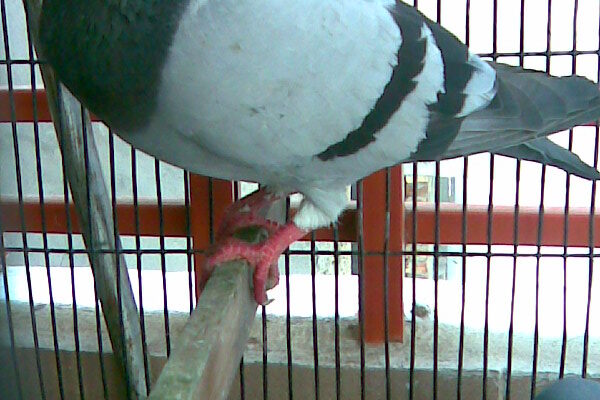
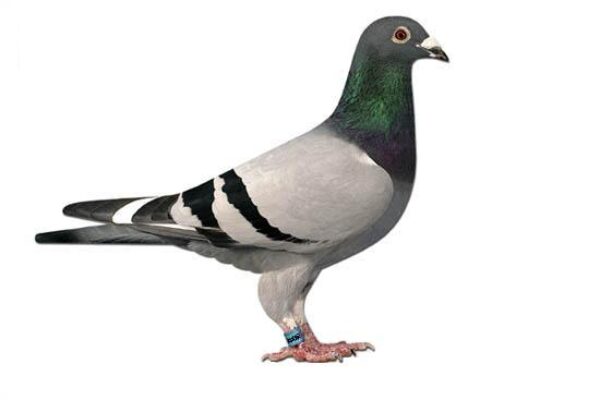
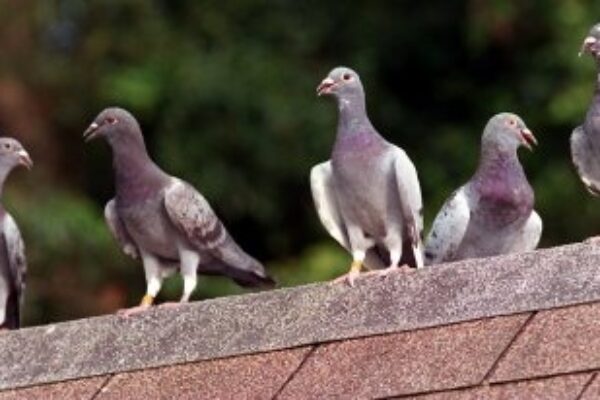
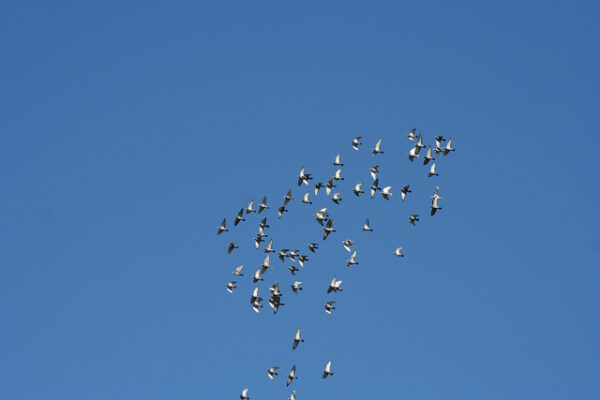


Very good article on young bird training as a novice this help me alot this season thank you keep up the good work 👍
Peanuts are a good choice during the initial training process and/or whenever the trainer is present to personally distribute peanuts equally – on training tosses when arrival times differ for both pigeons and trainer and indeed the first arrivals will gorge the peanuts – it is better to have one grain available when they arrive staggered – like corn for instances – that will suffice until the trainer arrives home – rewards can be handed out at that time.